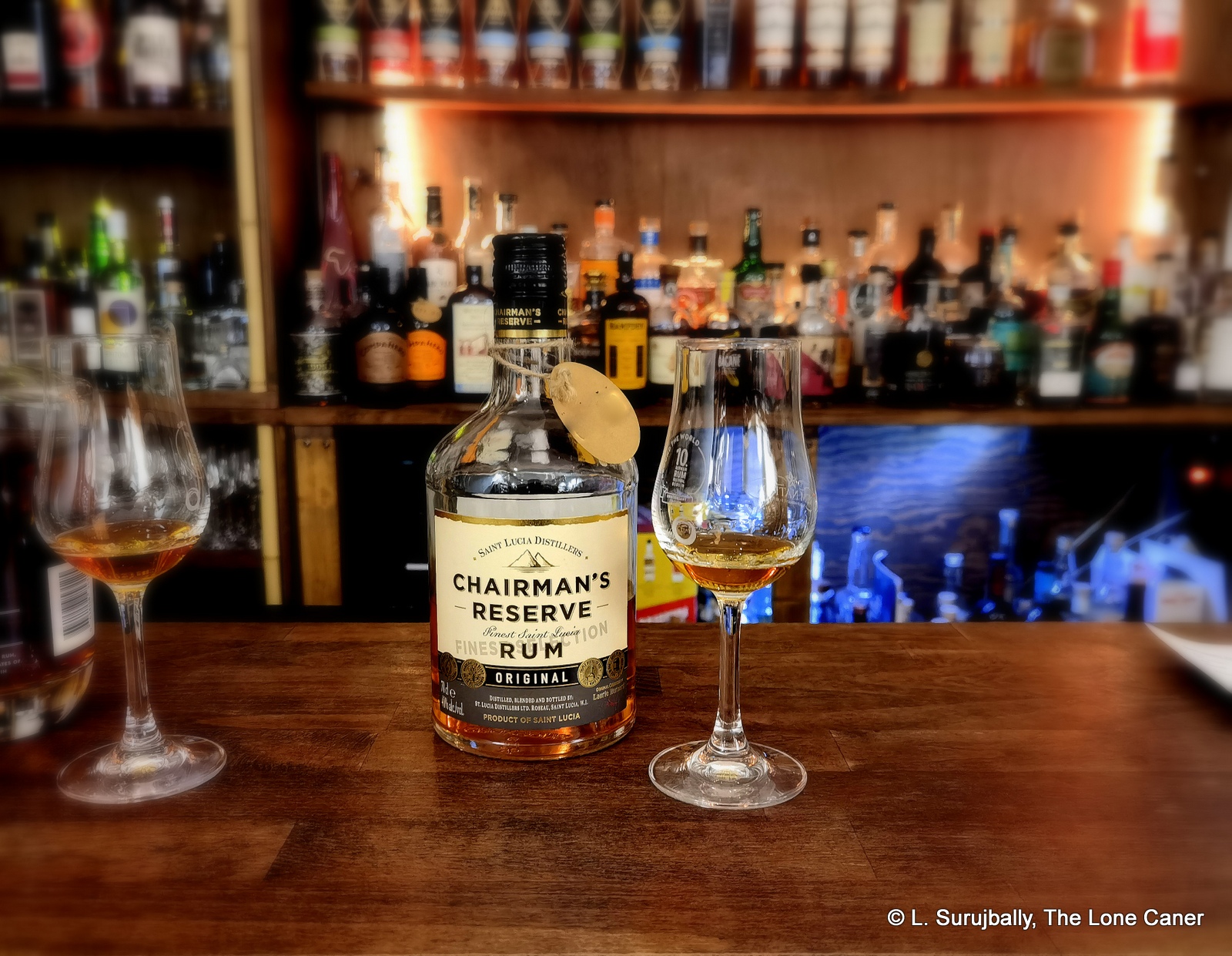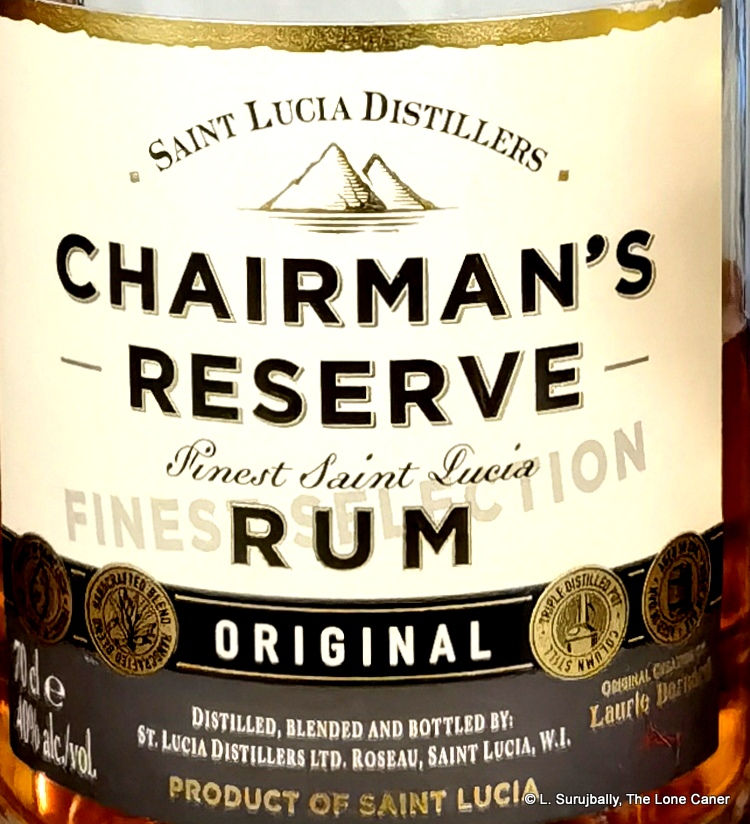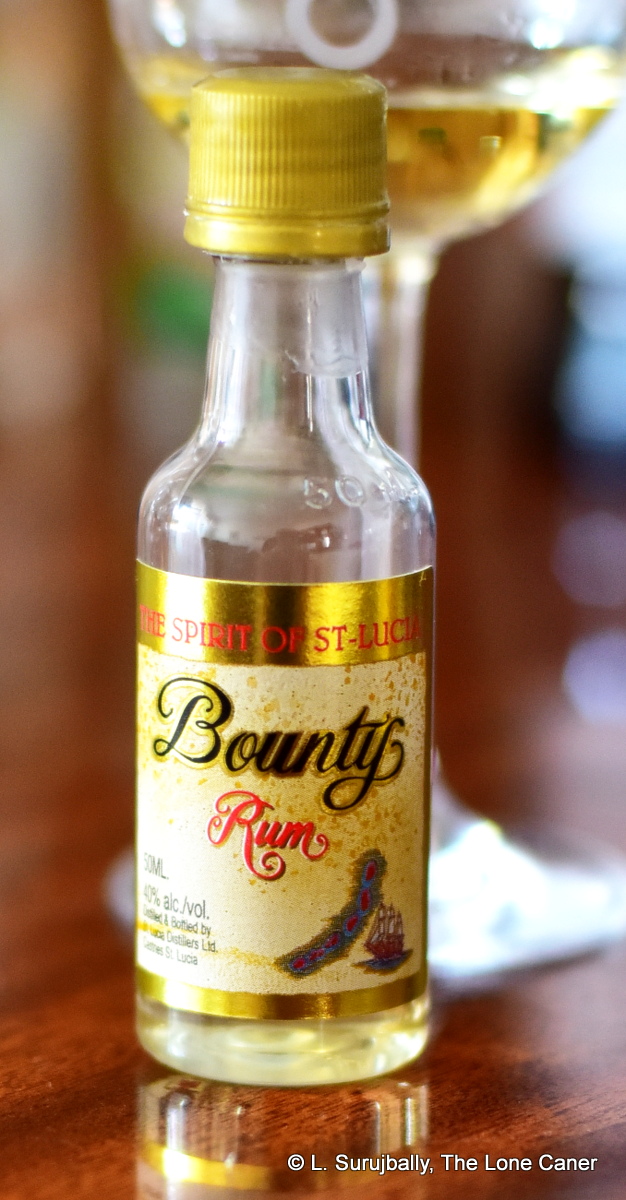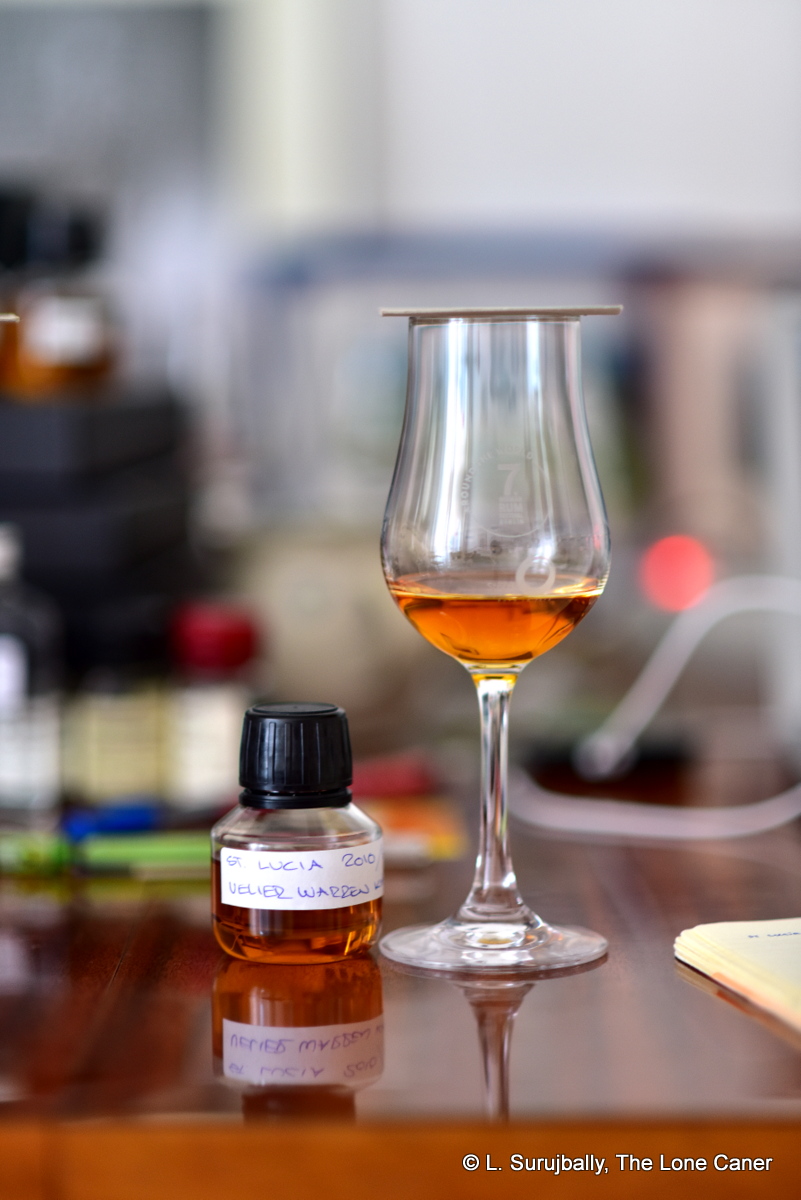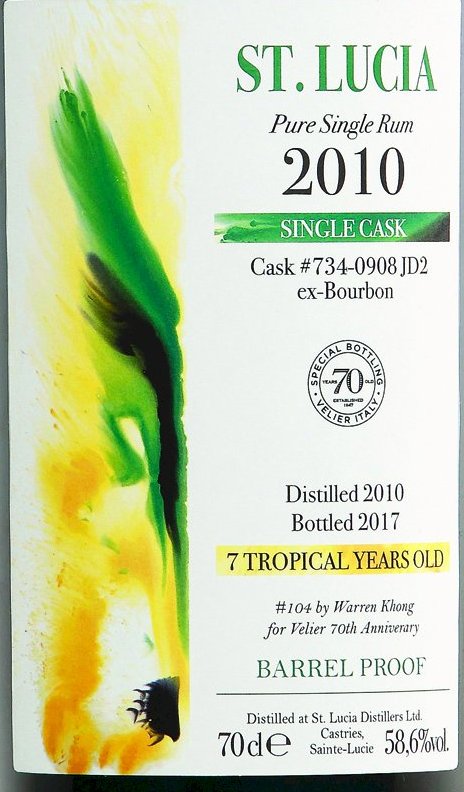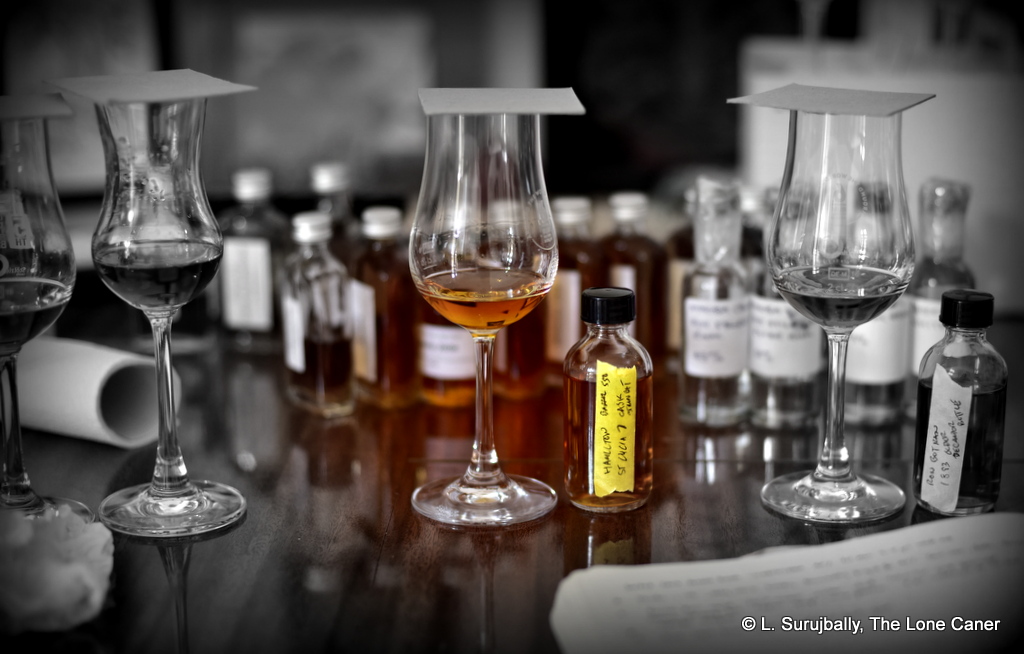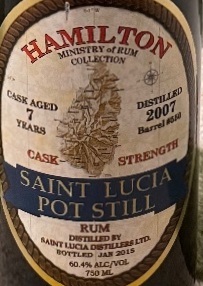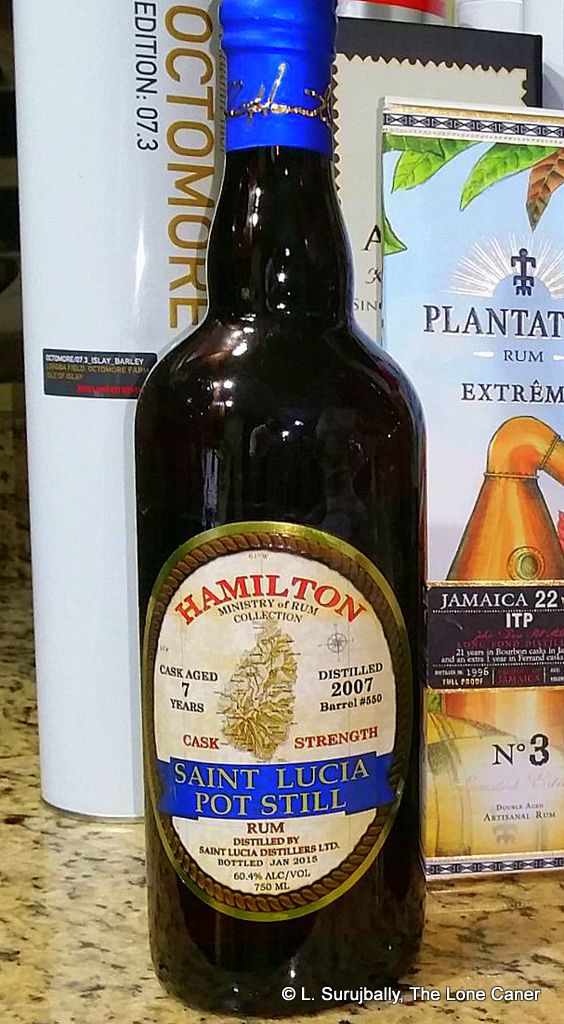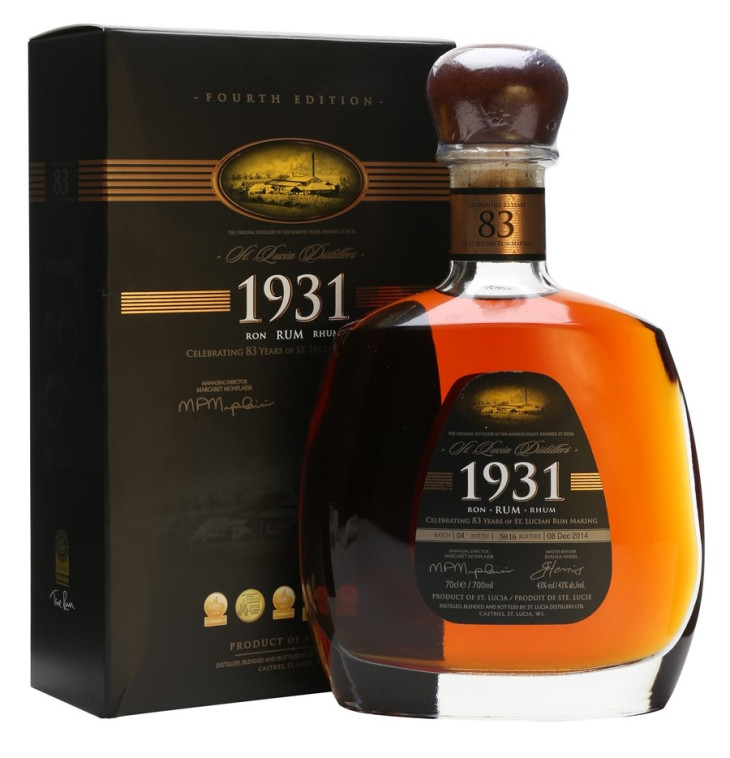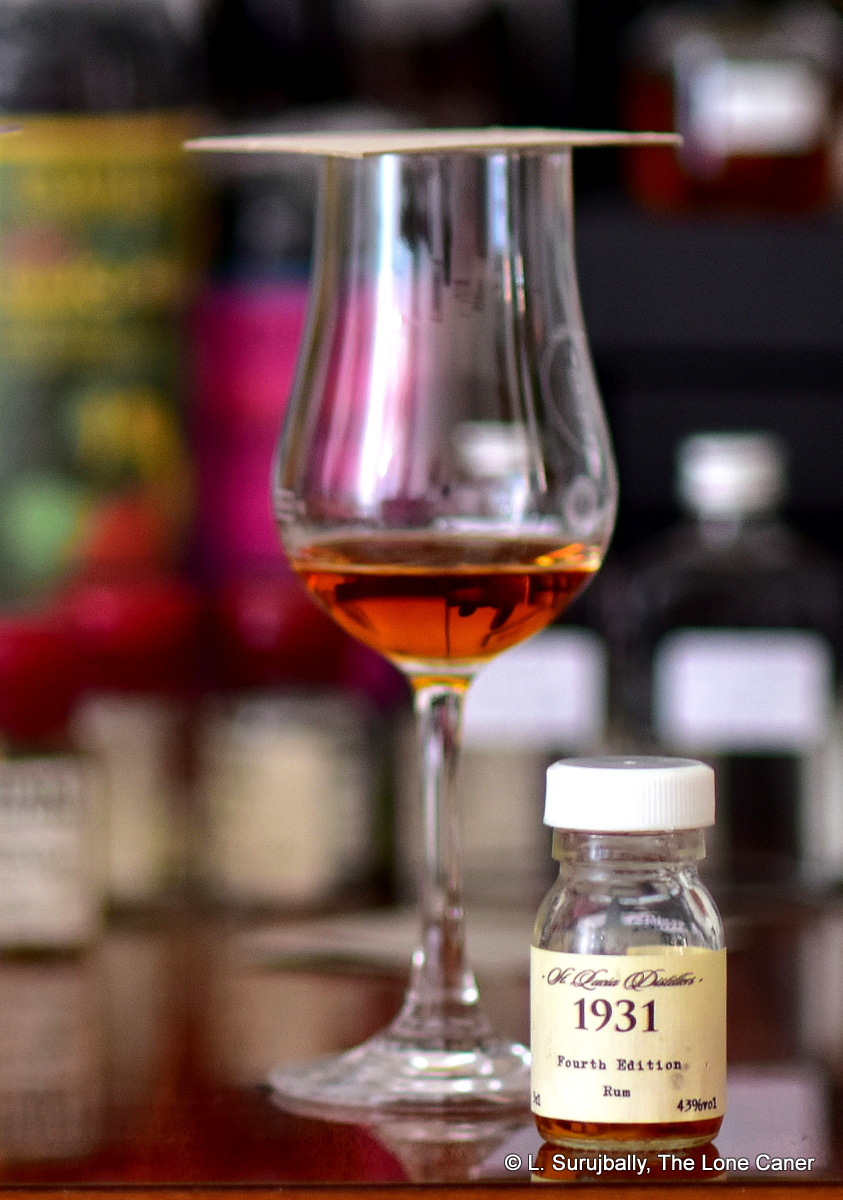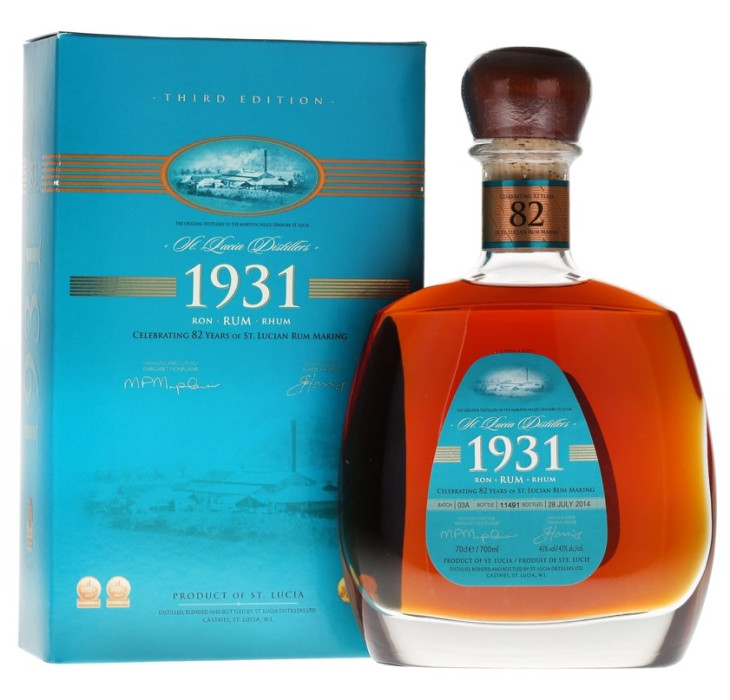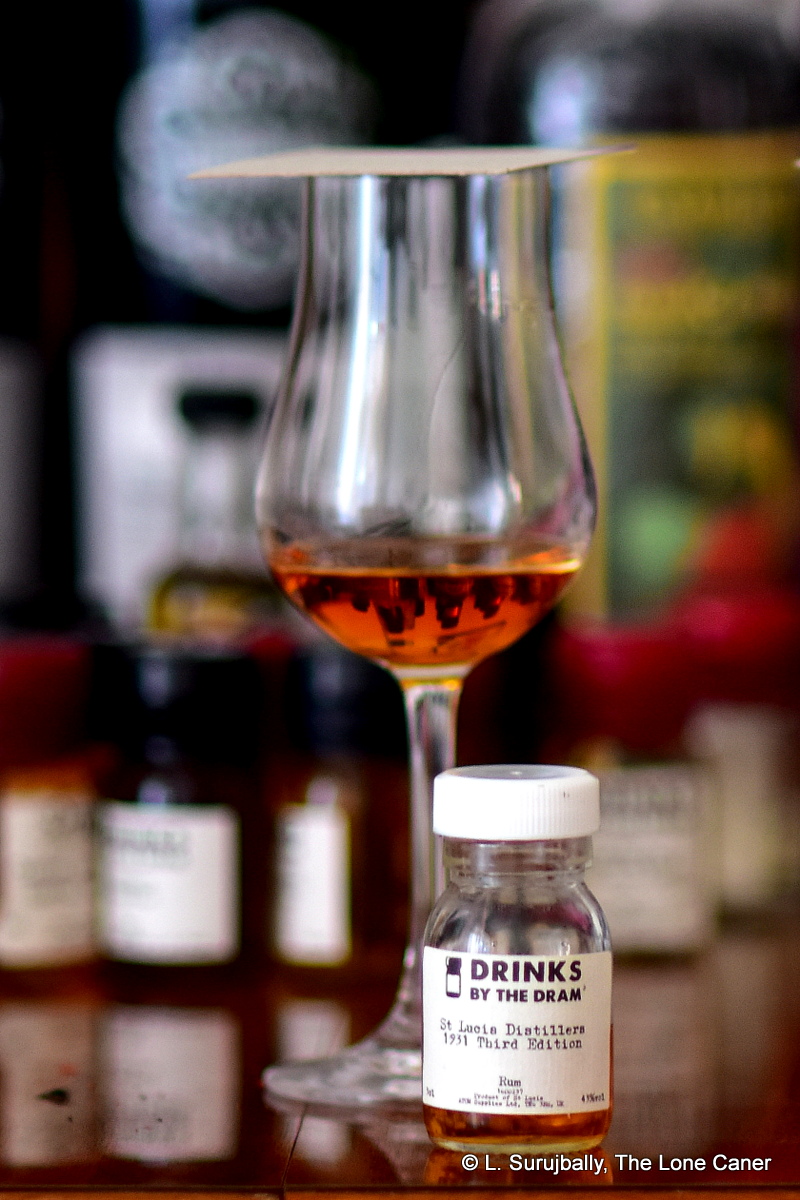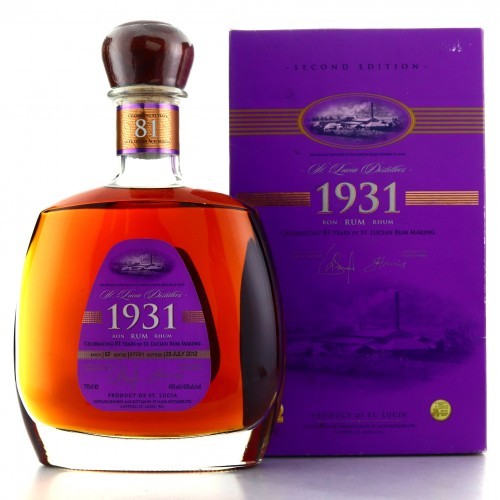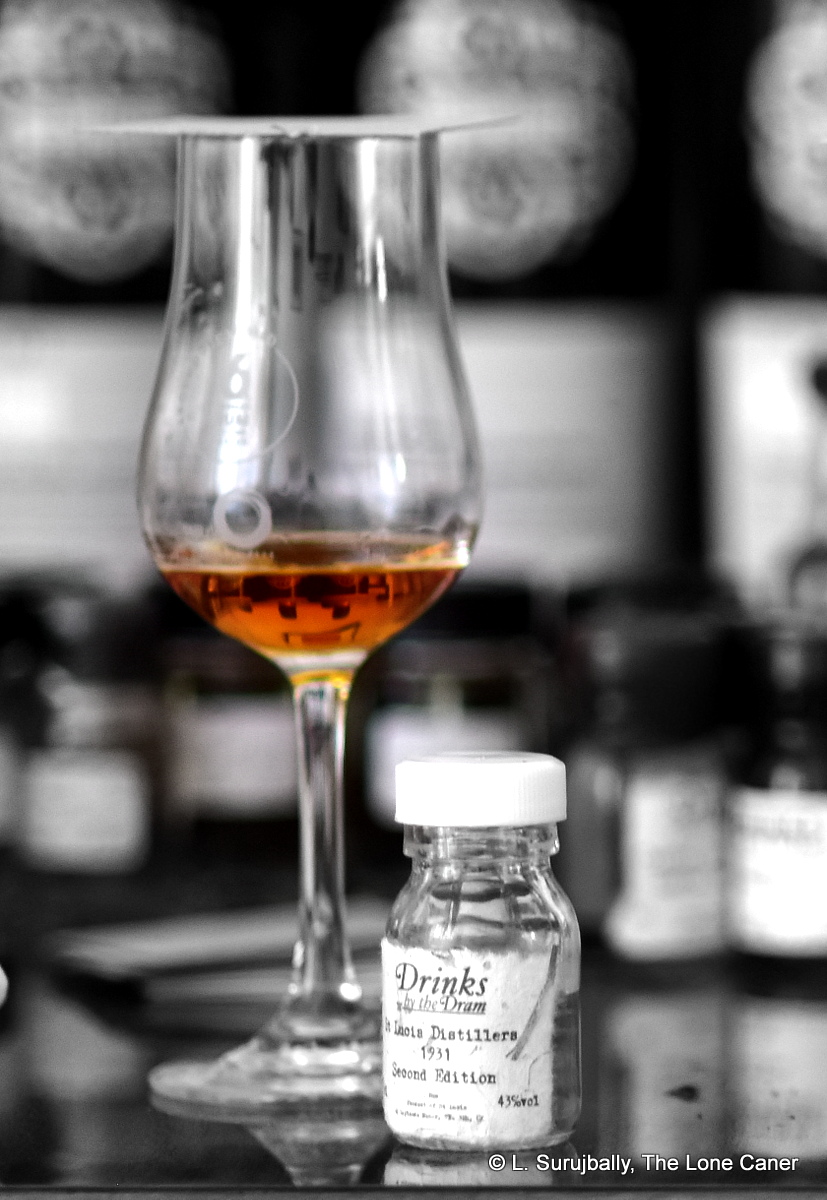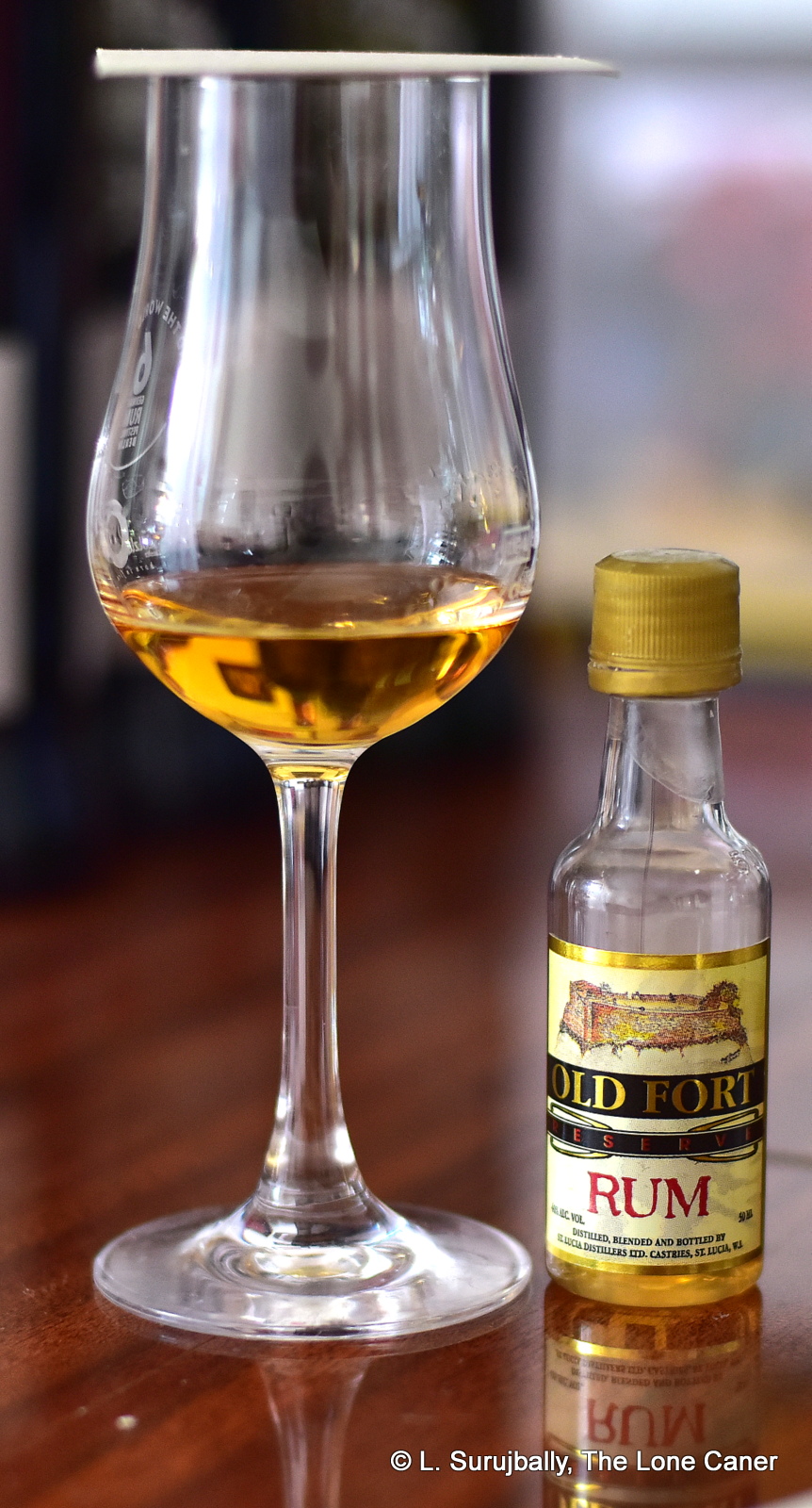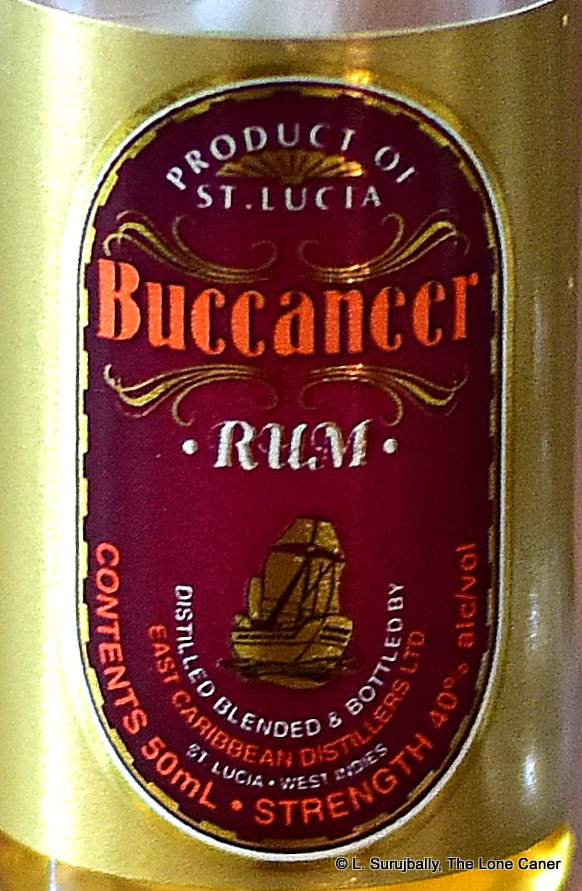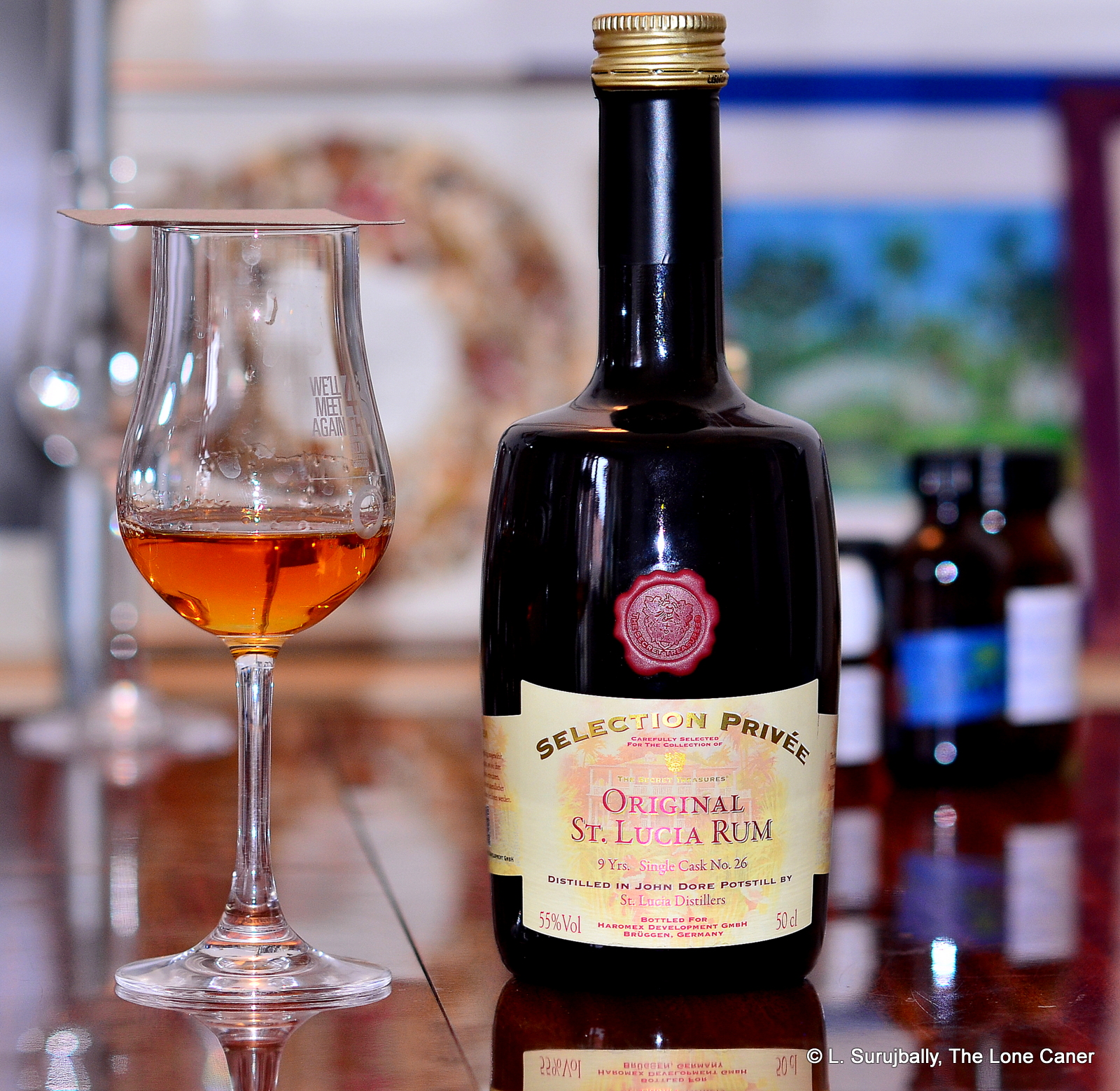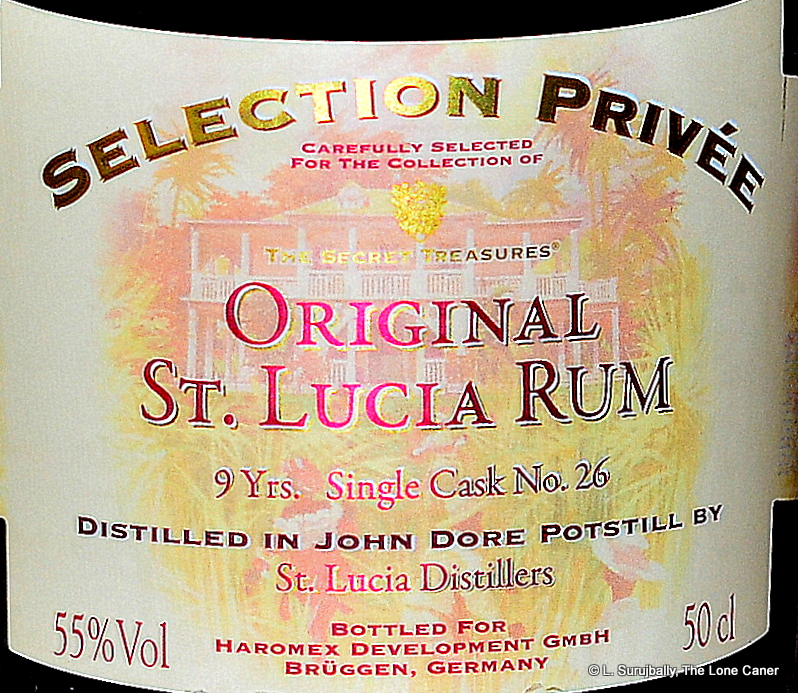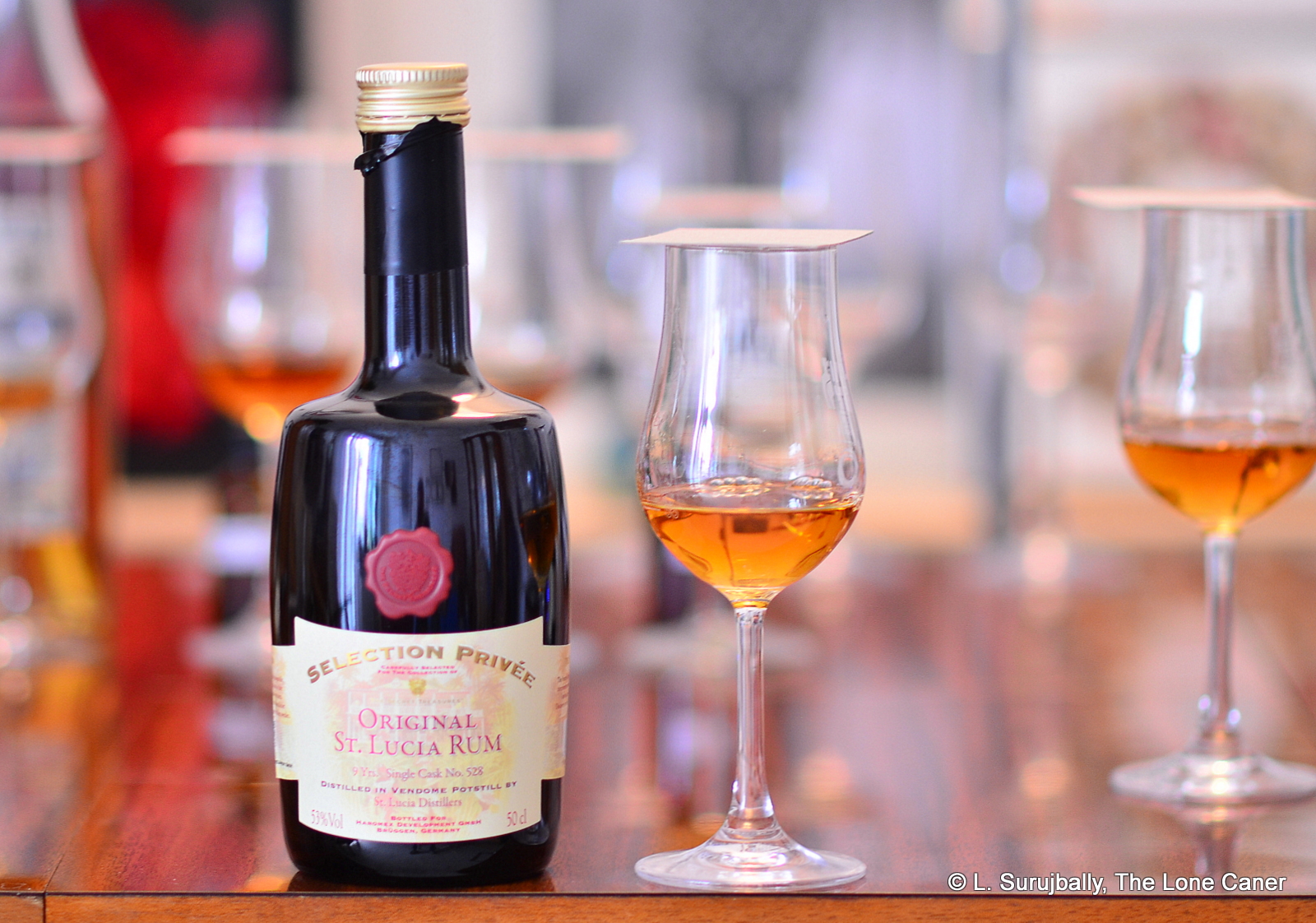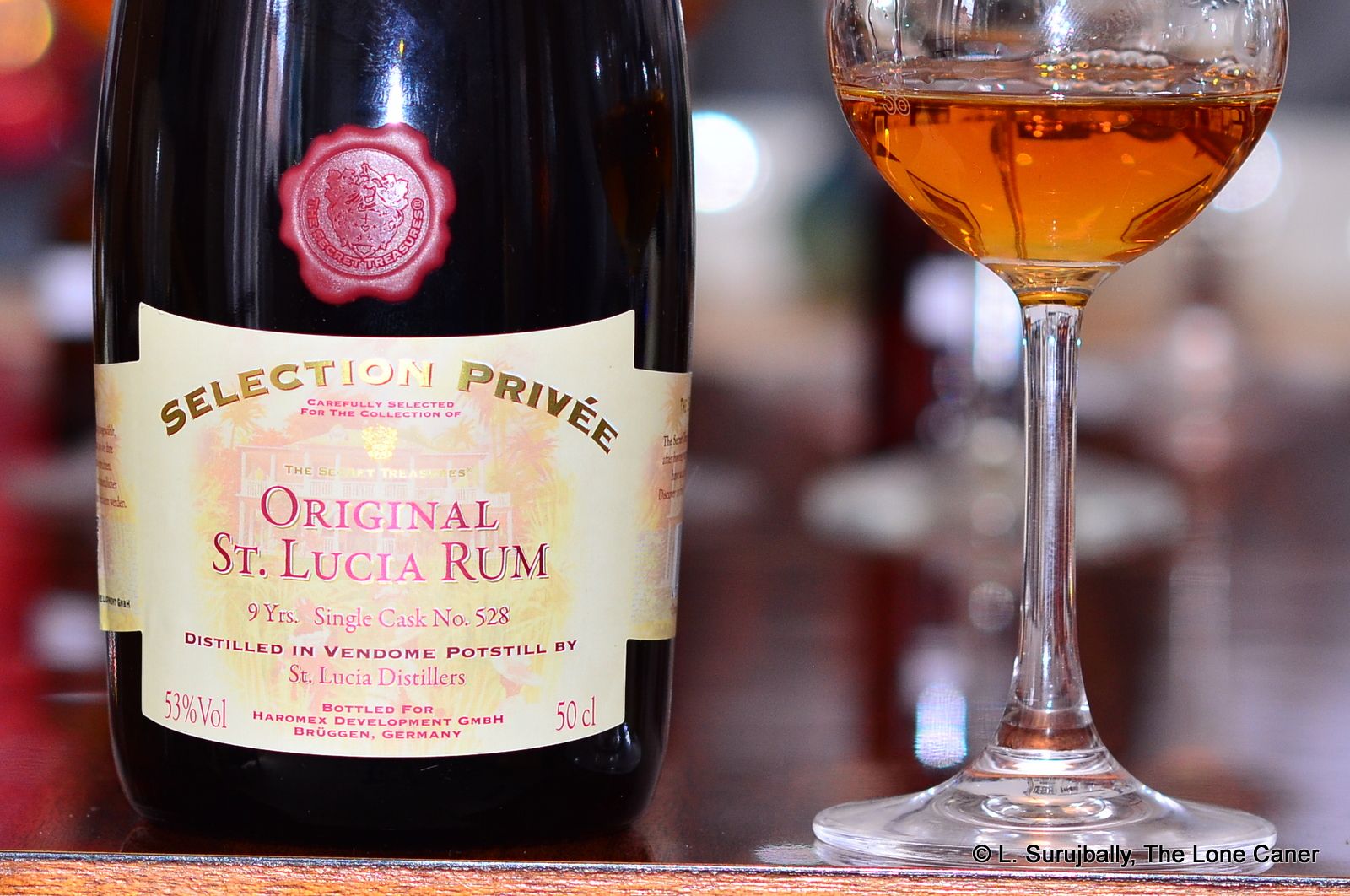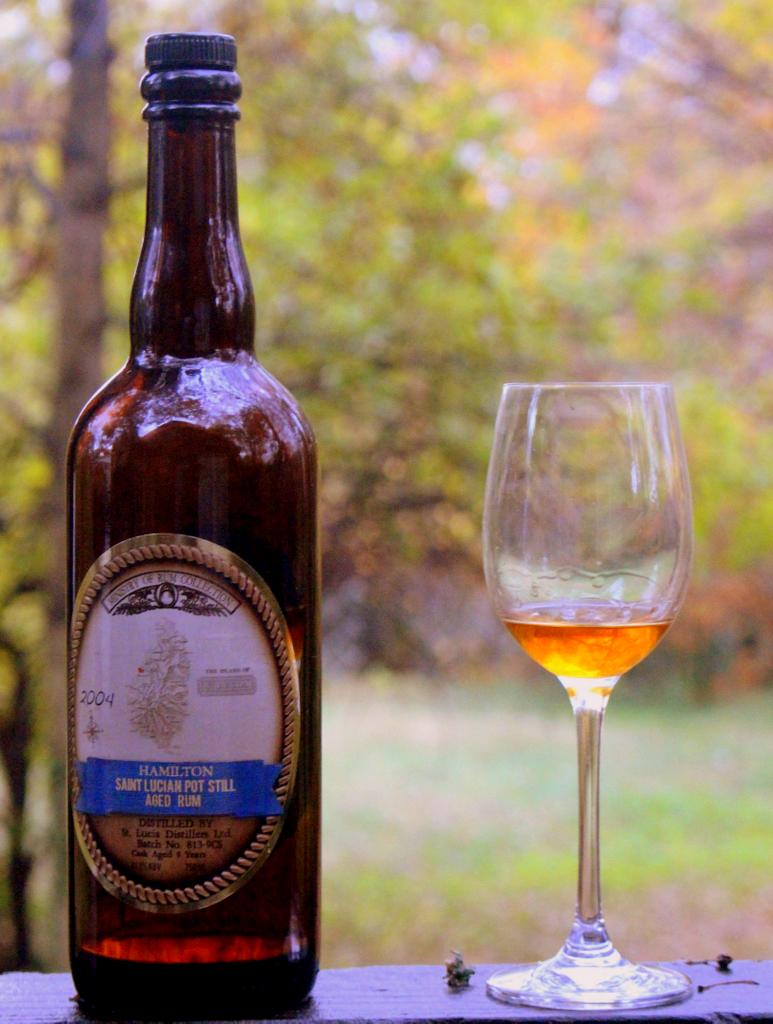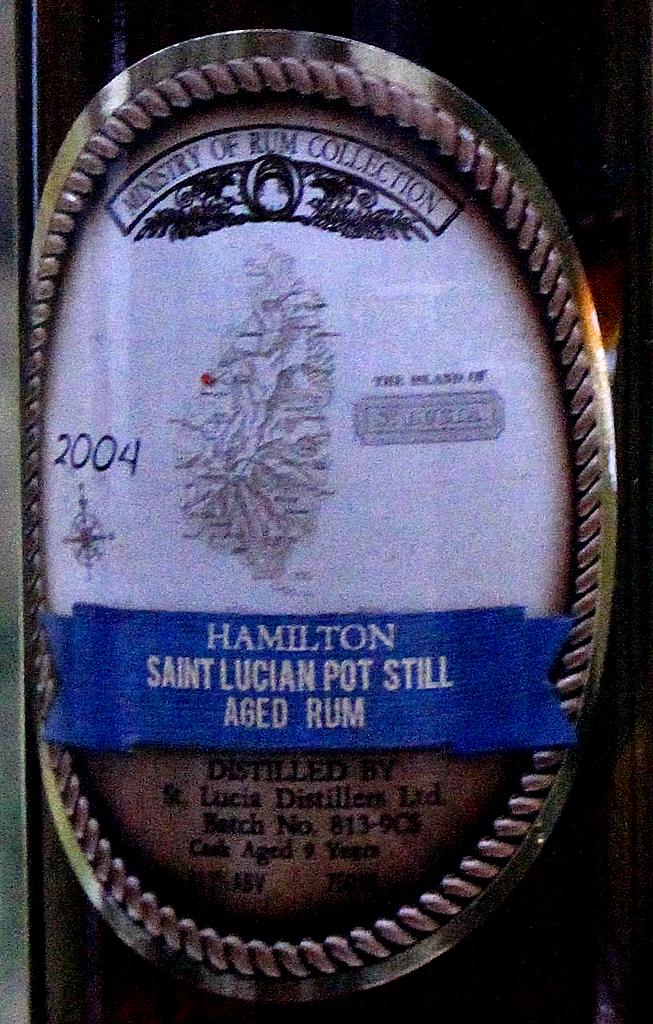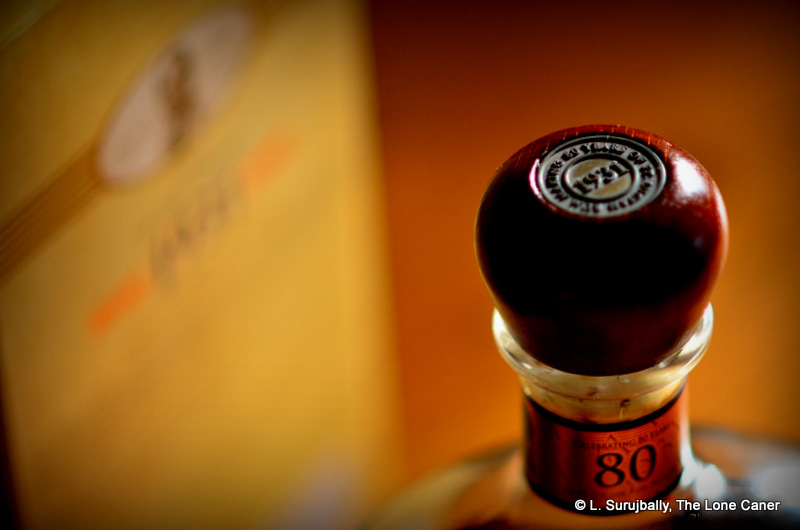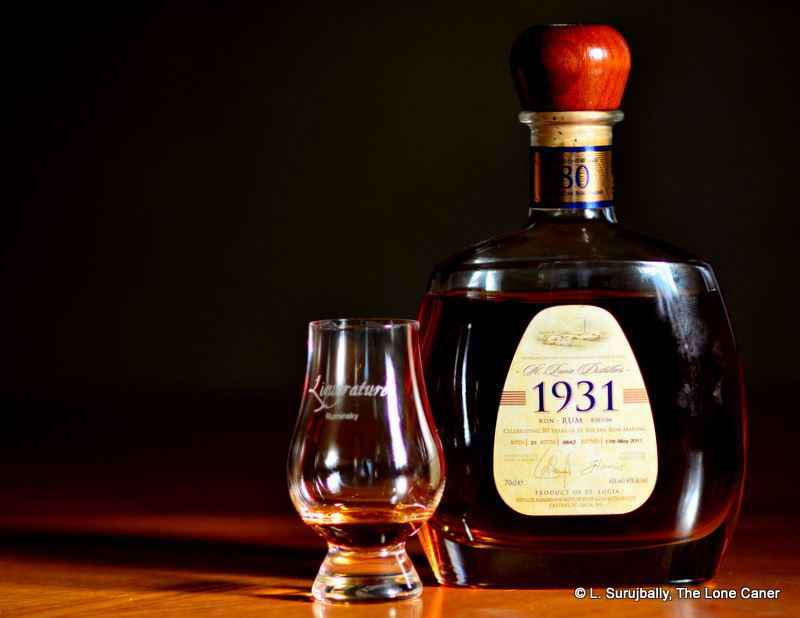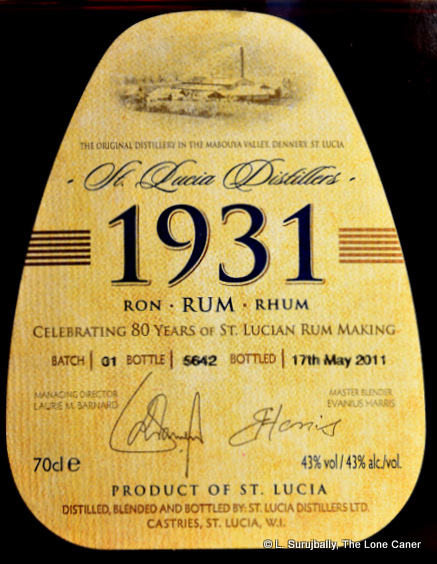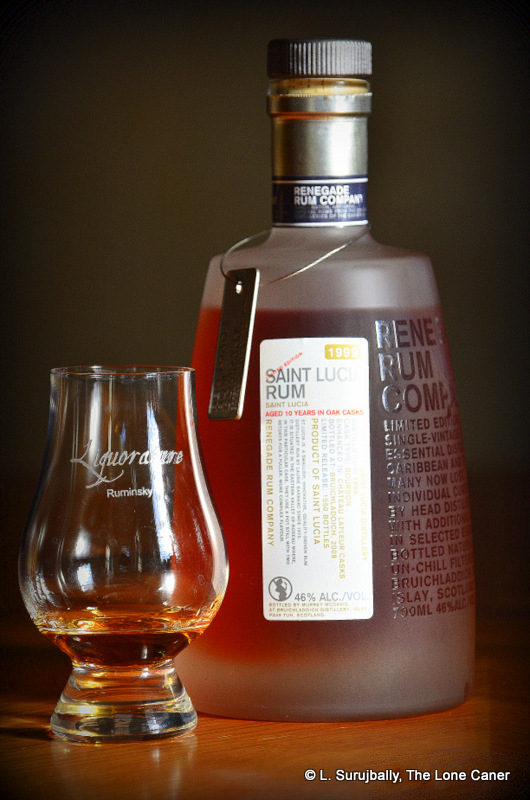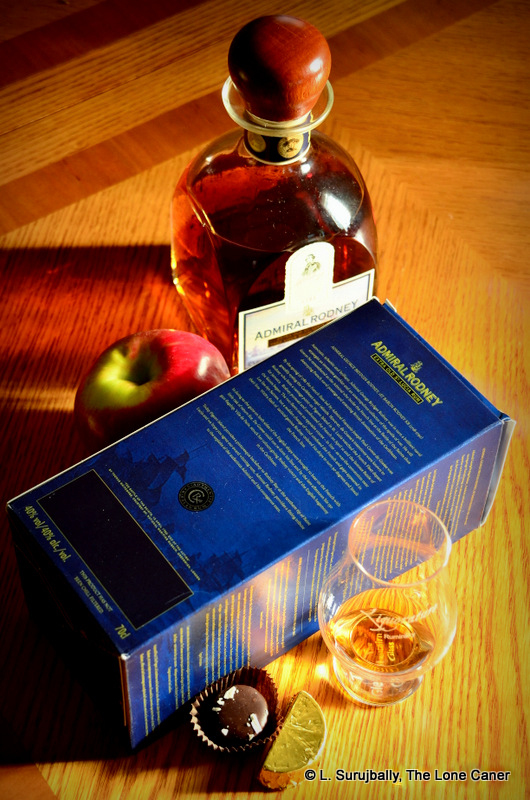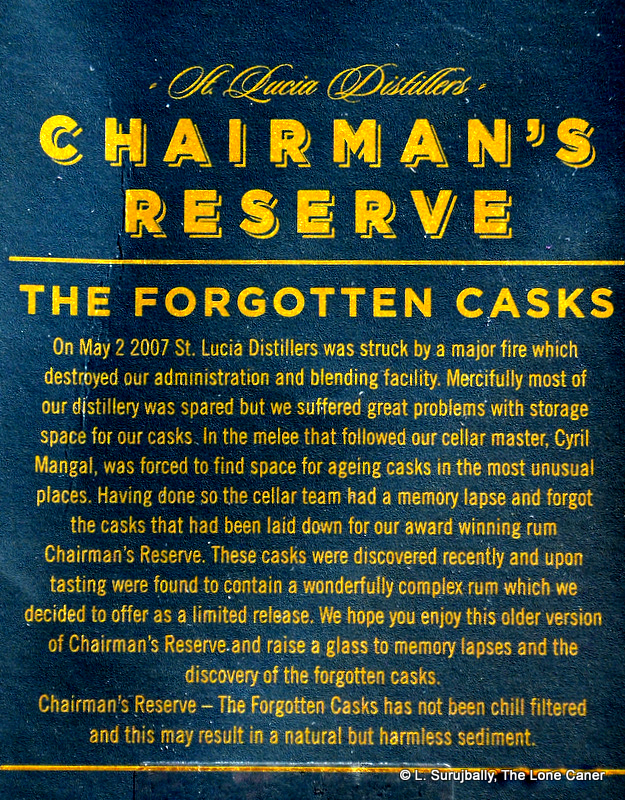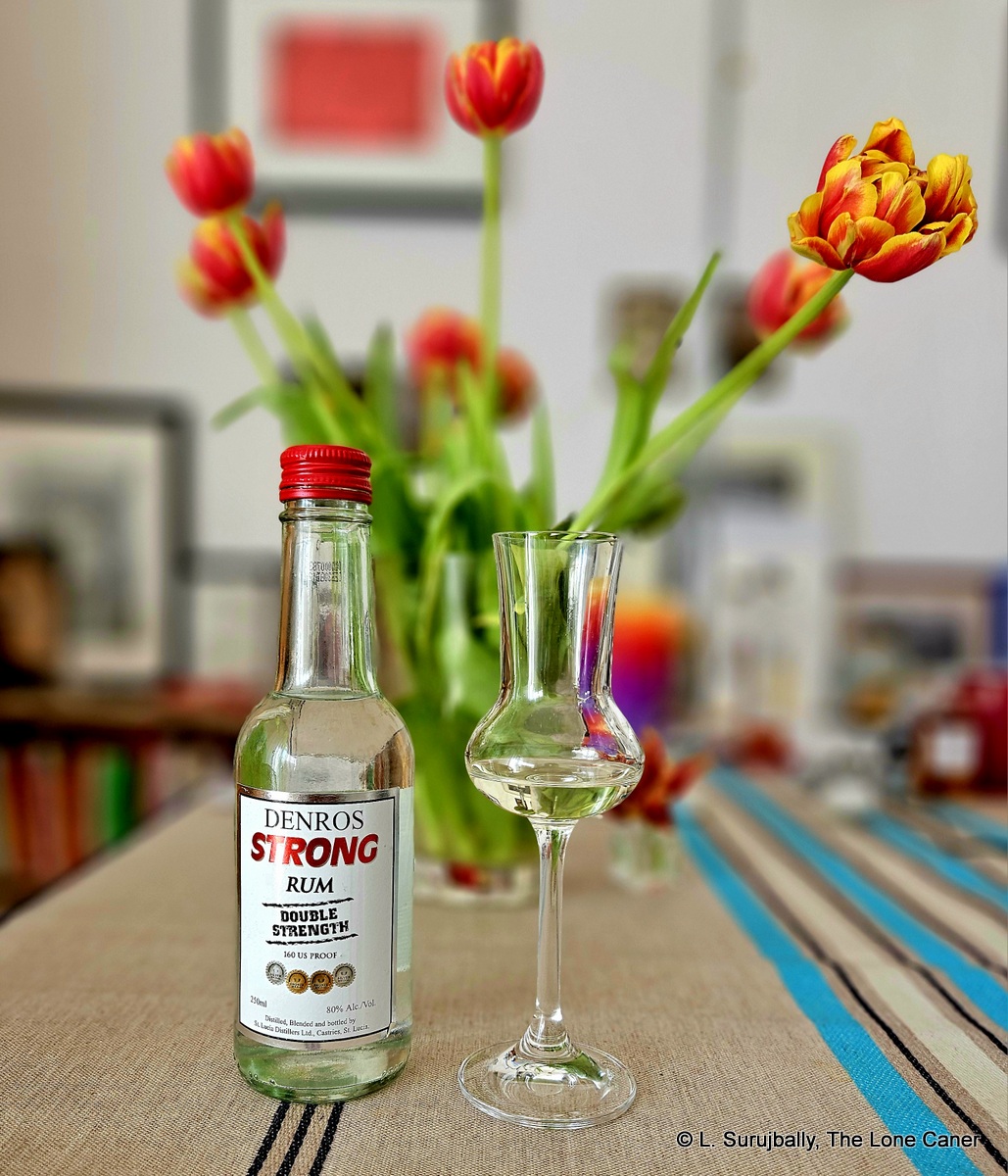 The label of this rum has several variations, but all of them have the word “Strong” in bold red capitals right up front, just to grab the attention, warn the unwary and make sure the timid don’t set fire to themselves with an involuntary flatus. Although when you consider the wannabe beefcake power of 80% ABV, you could reasonably wonder who except a cigar-chomping, glute-flexin’ badass (or brain dead reviewer with access to too many rums and a few screws loose) would even try to drink such a product neat…and for what reason?
The label of this rum has several variations, but all of them have the word “Strong” in bold red capitals right up front, just to grab the attention, warn the unwary and make sure the timid don’t set fire to themselves with an involuntary flatus. Although when you consider the wannabe beefcake power of 80% ABV, you could reasonably wonder who except a cigar-chomping, glute-flexin’ badass (or brain dead reviewer with access to too many rums and a few screws loose) would even try to drink such a product neat…and for what reason?
In the evolution of very strong rums, there are a few regularly made hooches issued by commercial enterprises (not indie bottlers who often gleefully try to cheer themselves up by torqueing their single cask sh*t to the max) that remain on sale. Such rums tend to be pure or lightly aged column still blends, such as every 151 ever made, the Sunset Very Strong from St Vincent (84.5%), The Rivers Antoine overproof (90% and 75%) that you can’t take off the island of Grenada, Suriname’s Marienburg 90 (90%), Stroh 80 or 160 (Austria, 80%). They provide a lot of bartenders much amusement with ferocious mixes like the B-52 and the Zombie, and remain a staple of the cocktail culture. Few are the brave souls who drink such rums neat.
That’s understandable because very high proofed rums are almost all column still, and much of the taste has been stripped away by the distillation process resulting in that high strength. There is almost no point in trying to do a taste test on one, yet, here we are and here I am.
Nosing it demonstrates the point. Merde but this is serious. It’s strong and very sharp, and I recommend letting it breathe for a while so that the alcohol burns off. Once that’s done subtle flavours timidly start to creep out, as if afraid they’ll be coshed. Cream and strawberries, wet coconut shavings, a touch of brine, metal filings, some medicinal notes, and soft fruits like bananas, white guavas, pears, and a tiny hint of red grapefruit. More should not be expected, really, but it’s pleasing to even get this much from such a high proof rum where more often than not ethanol and turpentine are the core aromas.
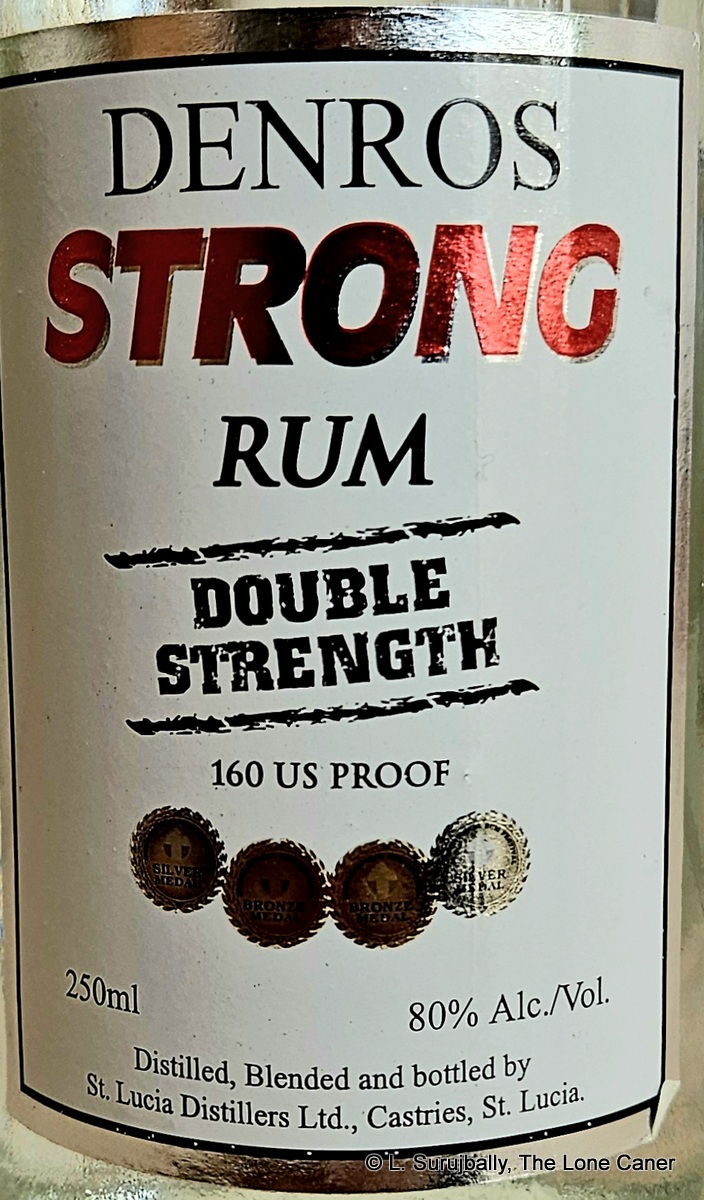 The palate takes no prisoners either. It’s less than the nose in all ways, hot, spicy and very intense, yet for all that, there are some flavours one can sense through the heat. Crazily enough this is like lipstick and plasticine and bath soap, some vague bananas and those coconut shavings, but what’s notable is the sheer intensity of it all – this is the sort of rum you can imagine the Expendables quaffing by the tankard after offing a bunch of bad guys. There’s more of that ashy-metallic back taste, and a finish that seems to want nothing more than to last forever and shave the back of the throat with a rusty razor. Sure there’s a bit of fruit and plastic and maybe a pinch of salt, but overall, there’s not much to report on, on the close.
The palate takes no prisoners either. It’s less than the nose in all ways, hot, spicy and very intense, yet for all that, there are some flavours one can sense through the heat. Crazily enough this is like lipstick and plasticine and bath soap, some vague bananas and those coconut shavings, but what’s notable is the sheer intensity of it all – this is the sort of rum you can imagine the Expendables quaffing by the tankard after offing a bunch of bad guys. There’s more of that ashy-metallic back taste, and a finish that seems to want nothing more than to last forever and shave the back of the throat with a rusty razor. Sure there’s a bit of fruit and plastic and maybe a pinch of salt, but overall, there’s not much to report on, on the close.
So once I finished my half hour session with it, what do I think of it? Well, admittedly, it’s eye-watering, once I dried out my eyeballs and stuck them back in. My sense of discovery (and humour) usually makes trying such batsh*t crazy rums a sort of masochistic and morbid exercise leading to an excess of long words lifted from my thesaurus, and this was no different. Much like others of its kind, it doesn’t have a whole lot in the kitchen sink it throws at you, but you know what? It’s kind of interesting, if not particularly memorable (except, perhaps, for having survived it).
There are some flavours and scents that make it past the firewall, and with caution and some dilution it could be had and appreciated. But not enough to matter – this is a rum that has to be mixed, or has to be diluted. I don’t often say that, but here, to appreciate it better (within its limits), it’s definitely the only way to go
(#1112)(77/100) ⭐⭐⭐
Other notes
- Video recap link
- “Denros” is a name created by combining the names of the last two distilleries existing in St. Lucia which merged in 1972 to create St. Lucia Distillers: the Dennery Distillery owned by the Barnard family, and the Roseau Bay Distillery owned by the Geest family. So “Den” + “Ros”, simple enough.
- According to Difford’s Guide, in an undated post, this rum is implied to be made as far back as the 1930s, by the Dennery Distillery from the date of its establishment in 1932.
- Although SLD does have pot stills, this is a continuous (column) still product.
